Writing fantasy? From urban to romantasy to epic, a fantasy novel outline template helps you turn your vision into reality. See how you can use Plottr to make story magic.
Find Fantasy Plot Ideas Using Templates
Searching for fantasy plot ideas? A template can break a dry spell. Use proven fantasy beats (or adapt a classic like the Three-Act Structure or 24-Chapter Novel).
Plottr’s best templates for fantasy writing include:
Derek Murphy’s 24 Chapter Novel Outline
Best for: Fantasy fiction featuring villains.
This template begins in the Ordinary World, where your character’s flaws and desires push them into a new world.
Explore a 24 Chapter Novel Outline fantasy beat sheet. Then read this detailed template guide.
Gail Carriger’s Heroine’s Journey
Best for: This kind of fantasy is less about one hero and more about the power of community, friendship, and working together. The main characters usually need to find allies or build a strong family.
This story framework begins with the heroine believing that they live in a perfect world. Then betrayal or disappointment drives them toward a new world.
C.S. Lewis’ The Lion the Witch and the Wardrobe from the Narnia series has many beats that mirror the Heroine’s Journey. Read a detailed fantasy plot analysis, plus a full guide to the heroine’s journey plot system.
The Hero’s Journey
Best for: Fantasy stories that follow the adventures of one main hero.
Joseph Campbell created this twelve-part epic fantasy structure, later expanded by writers like Christopher Vogler.
Like the Heroine’s Journey, the Hero’s Journey can include allies and friends, but at key moments the main character is often alone. There may also be a mentor: every Frodo has a Gandalf, every Garion, a Belgarath.
Though it’s more dystopian sci-fi than fantasy, a The Hunger Games beat sheet shows how this plot framework works. You can easily adapt its highs and lows to a fantasy story.
Dan Harmon’s Story Circle
Best for: Fantasy stories about quests, journeys, and returns (and fantasy-based screenplays).
TV writer and producer Dan Harmon (Community, Rick and Morty) turned the Hero’s Journey into an eight-step cycle. It follows heroes who seek something, find it, take it, and return changed.
Explore the Story Circle in depth.
Discover an urban fantasy series template made in Plottr by author A.D. Starrling (link in video description):
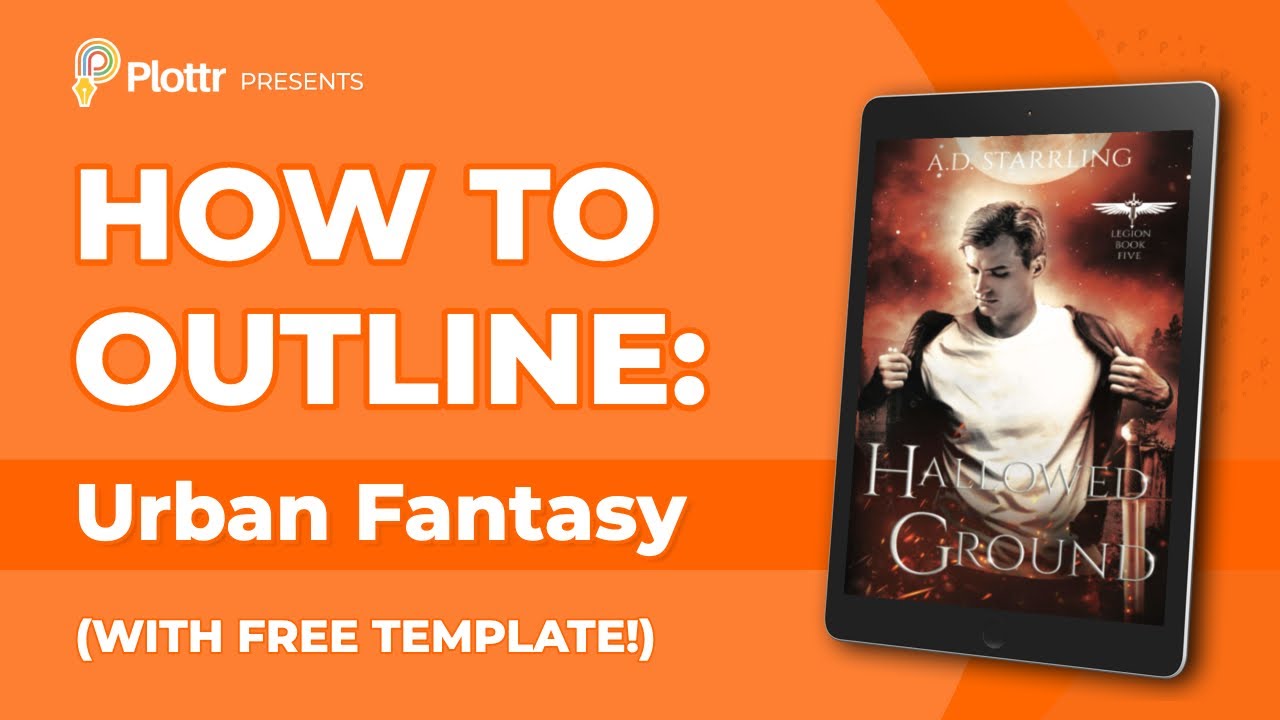
Use Place to Build Fantasy Worlds Full of Intrigue
From magical portals to worlds riding on cosmic turtles, fantasy brims with the impossible…and that’s what makes it wonderful.
Vivid, made-up worlds let readers ask, “What if life worked differently?” Change the laws of physics, politics, or other earthly shenanigans, and see what happens.
Brainstorm and Track Fantasy Settings in Plottr
You can use Plottr in many ways to plan, brainstorm, and track all your lore and worldbuilding.
Develop Detailed Worlds and Lore in Plottr with Places
In Plottr’s Places tab, you can create categories like queendoms, archipelagos, and villages, then fill them with territories, islands, and locals.
When building a fantasy world bible, you might want custom attributes: fields you can fill in for every new place you add. Set up the Places tab in your fantasy novel outline template with questions to spark ideas. For example:
- How strong or weak is magic here? What’s the reason?
- What magical creatures or landmarks lie here?
- Does magic work differently here to other places? In what way?
- How does the landscape shape daily life and survival?
- What secret places lie hidden from most eyes?
- What’s the most ancient or strangest thing still standing here?
- Who controls magic here and who’s forbidden from using it?
- What festivals or rituals are unique to this place?
- How are newcomers or outsiders treated here?
- Which everyday items have magical properties here?
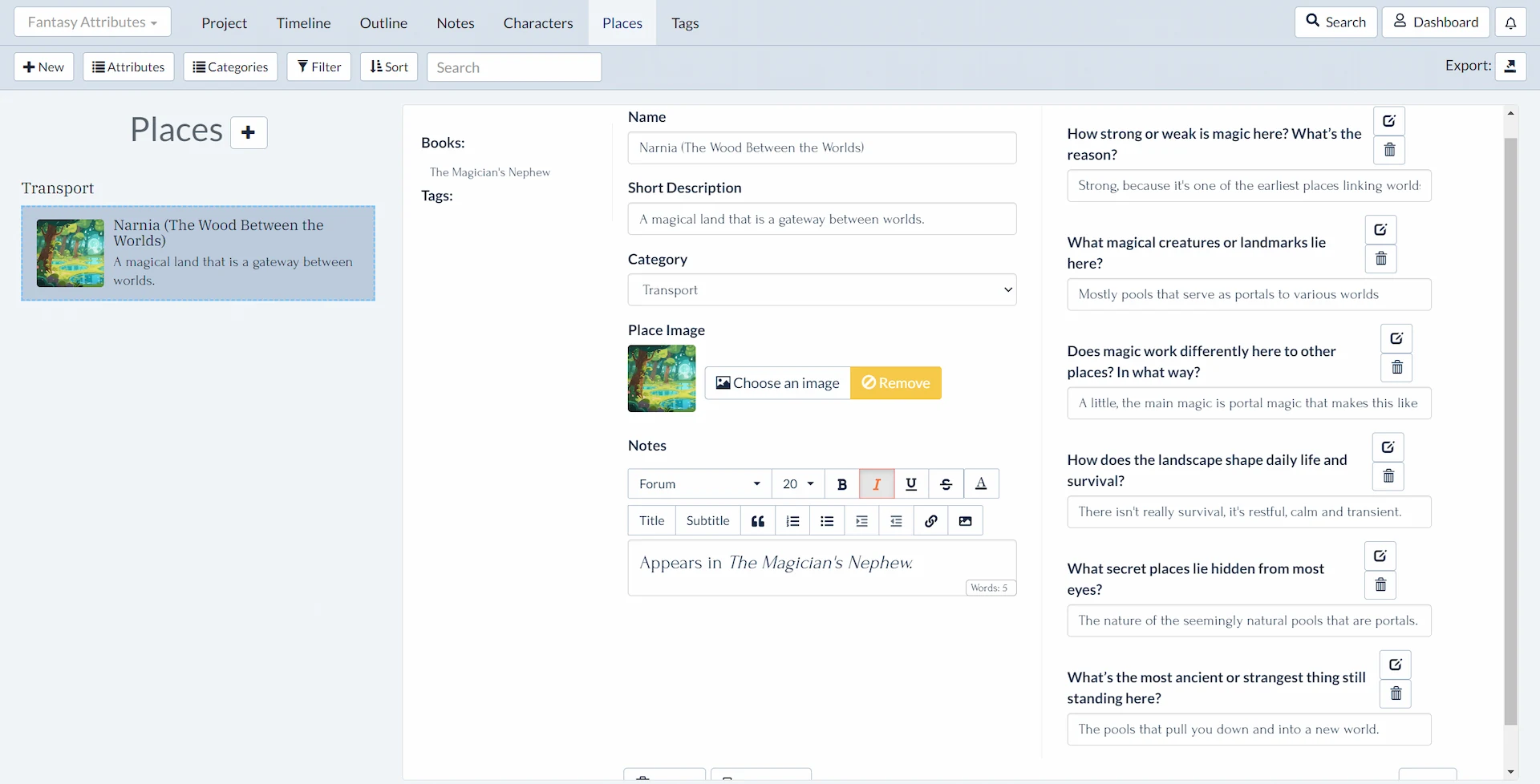
How to Create Custom Fantasy Place Attributes in Plottr
To add custom attributes to fantasy settings:
- Step 1: In the Places view in Plottr, click Attributes in the ribbon (between New and Categories).
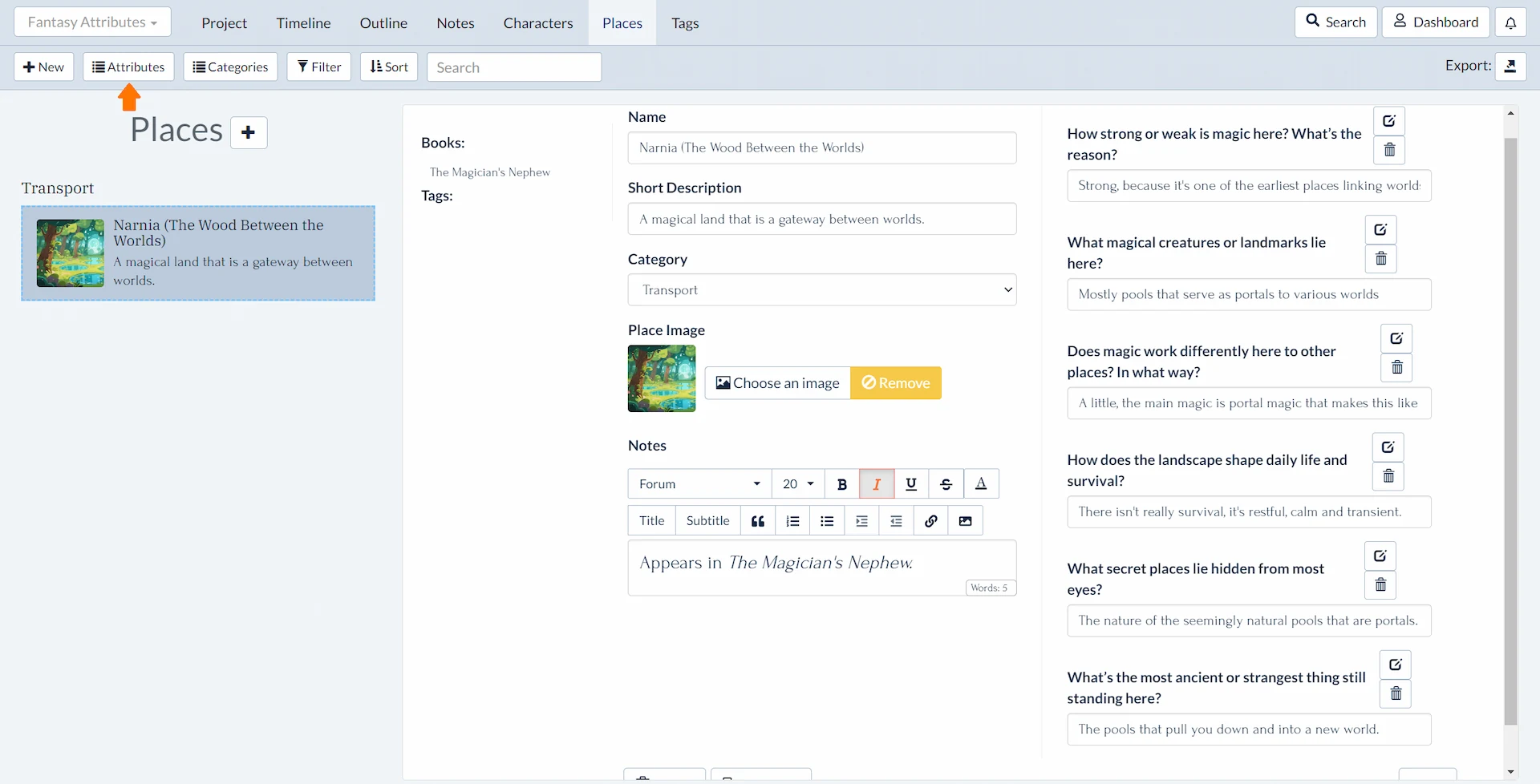
- Step 2: Pick what you want to brainstorm and track. Enter each as a question or a sub-category of places (like “Creatures found here”), then click Add to save it.
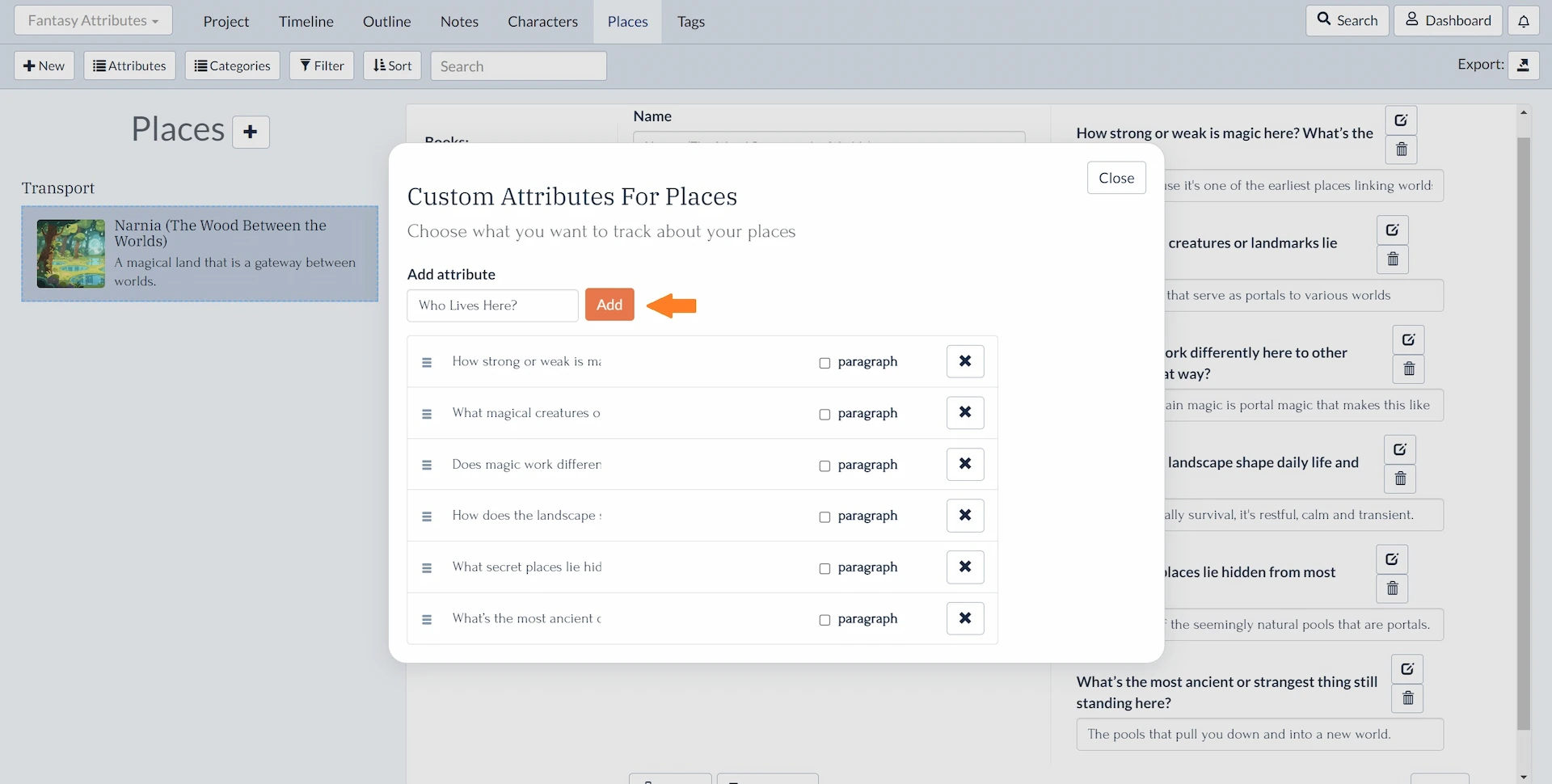
- Step 3: Click Close. Now you can fill in the custom attribute fields for every place you create in this Plottr project.
This is perfect for giving every place in your fantasy world consistent details. You might not use them all in each book, but you’ll have a compendium to reference whenever you need it.
Use Notes to Draft and Track Fantasy Settings
The Notes view in Plottr gives you a place to jot down ideas about places, characters, research, or anything else you need track.
You could use this in your fantasy novel template to:
- Create notes for setting research. For example: what symbols or formations are linked to magical ceremonies and places in history?
- Store ideas for dialogue about your fantasy settings. What do your characters say or think about the places in your story? Create a dialogue category, then add a note for each place with common sayings, character opinions, and more
- Save and recall place name ideas. Naming places in fantasy is tricky. Create a note to jot down ideas for everything, from character names to creatures, spells, and potions
Author K.M. Weiland gives great advice for how to make your fantasy world feel organic.
Create Characters of Enchanting Depth
Some of fantasy’s most loved characters have layers deeper than a dragon’s hoard. Just look at poor Gollum/Smeagol in The Lord of the Rings, with his tragic tale of bad choices and worse jewelry habits.
Flat heroes and villains can work (especially in satire), but add rich backstory and tangled wants, and your story cauldron will bubble over with intrigue.
How to Outline and Develop Fantasy Characters in Plottr
The Characters view in Plottr makes casting entire covens easy.
Create Detailed Fantasy Character Profiles Using Existing Templates
There are over twenty character templates in Plottr. Templates that work well for outlining fantasy:
The Magic Blueprint Character Template
Inspired by The Magic System Blueprint by C.R. Rowenson, this template has thirteen elements to brainstorm, including your character’s limits, boundaries, magic type, and more.
Try it now with a free 30-day Plottr trial!
The D&D Character Sheet
Develop fantasy characters with a template inspired by the Dungeons & Dragons tabletop game. Brainstorm characters’ backgrounds, skills, initiative and more.
You can also create your own custom character templates that you can use inside any fantasy template.
You can also tag characters in Plottr. This lets you filter them by tagged attributes—handy when you’re managing a huge cast for a series. Learn more about tagging in Plottr.
Watch a video where high fantasy author Brandon Sanderson talks creating believable backstories.
Use Fantasy Map Templates to Make Places Familiar
Many fantasy books (especially epics) open with a map. When your world has countless houses and regions (like in George R. R. Martin’s books or the Fire Emblem games), a visual overview is a big help.
Add Fantasy Maps to Your Outline in Plottr
You can add images to all of the following places in Plottr:
- Scene card descriptions in the timeline
- Notes (descriptions and thumbnails)
- Places (descriptions and thumbnails)
- Characters (descriptions and thumbnails)
You could, for example, add an image to a scene card showing a map of where the events of your chapter unfold.
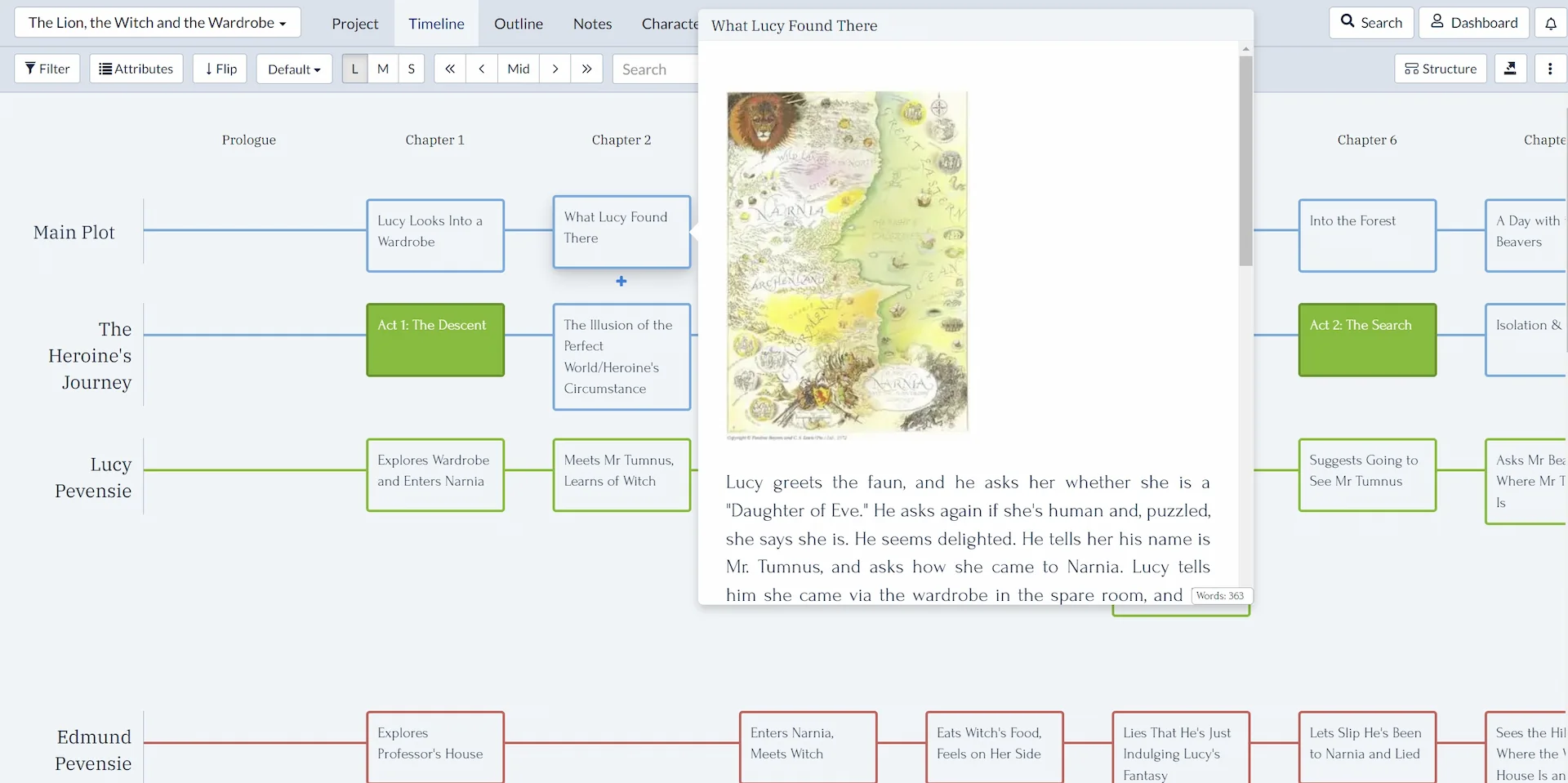
Tools to Create Fantasy Maps
There are many ways you can generate maps for outlining (or even using in the front matter of your book):
- Inkarnate. A free fantasy map builder for Dungeons & Dragons, books and more.
- Azgaar’s Fantasy Map Generator. A free browser-based map generator ‘that helps fantasy writers, game masters, and cartographers create and edit fantasy maps’ (also available as a downloadable application).
- World Anvil. Create interactive fantasy maps including layers, markers and tracked journeys.
Track Lore and Magic Systems
Nothing snaps readers out of a story faster than inconsistent names, lore, or magic rules. As you create a fantasy novel outline template, you can add plotlines that trace lore, magic systems and artifacts, or how magical skill (or awareness of magic) develops.
Other ideas for fantasy arcs to track on plotlines or via Notes:
- Chapters where a magical item appears: like giving the One Ring its own plotline and scene cards with notes on each appearance
- Kingdoms’ trajectories: say you have four kingdoms, you could have a file containing plotlines for each kingdom, so that you can view their intrigues parallel
- A villain’s rise (and fall): Plottr includes the ‘Villain’s Journey’ template
Explore Sanderson’s 3 Magic Laws for magic systems in ProWritingAid’s Storylab video.
Outline Wish, Wonder and Surprise in Plottr
Ready to create plots that feel like sorcery? Start now with a free 30-day Plottr trial!
What’s your favorite fantasy world ever and why? Comment below and let us know.
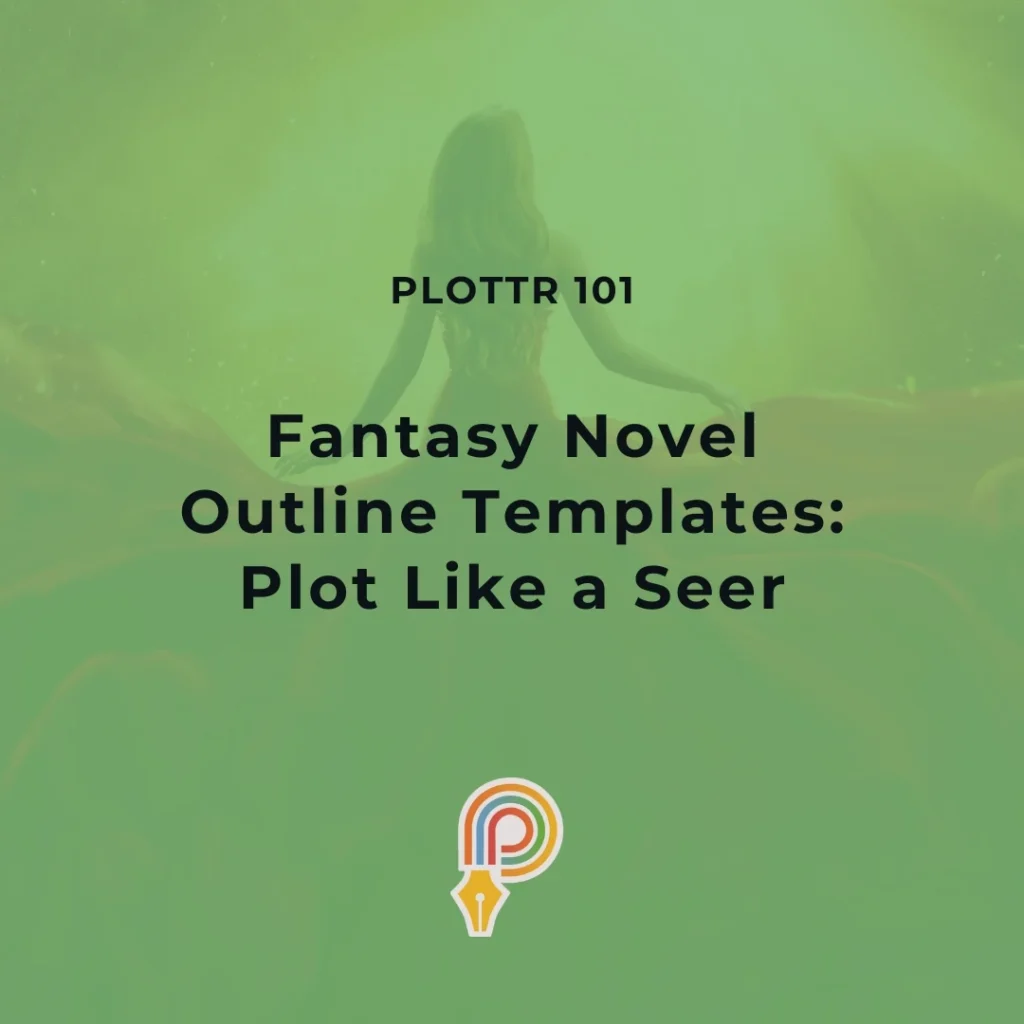


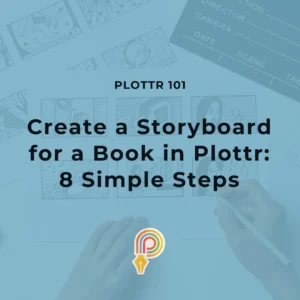
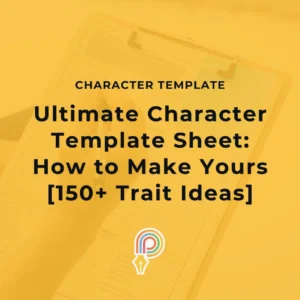
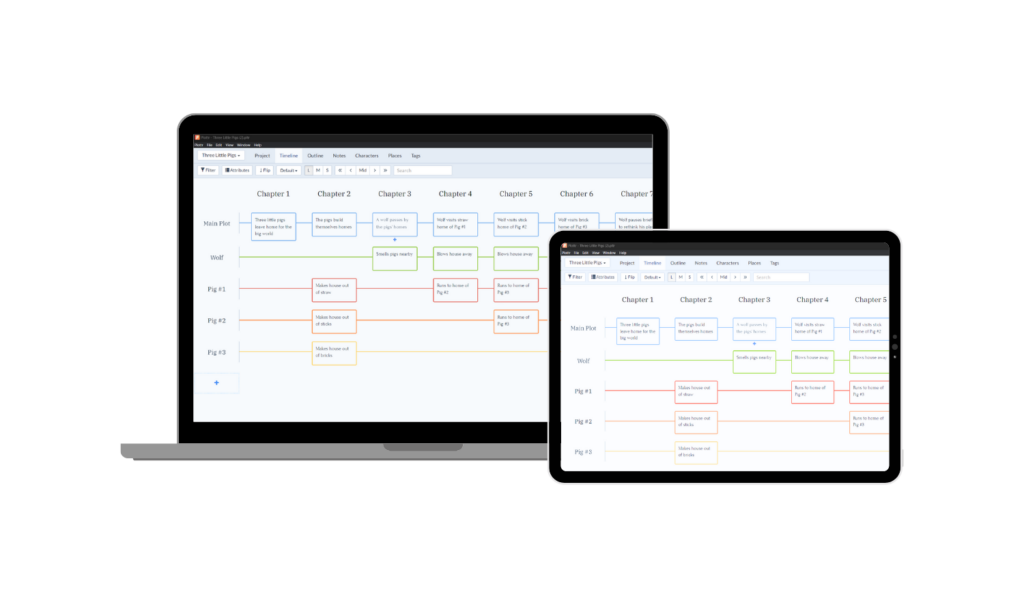
Comments